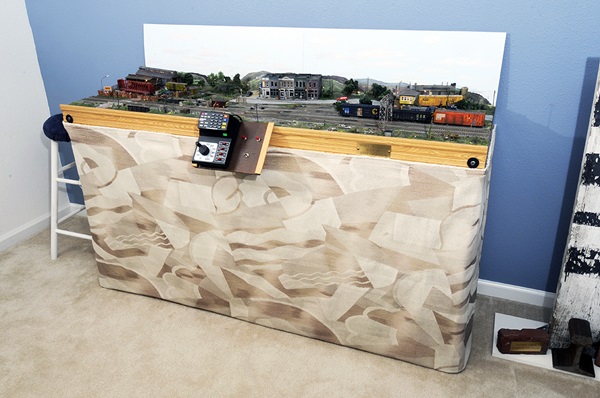
A version of this article appeared in Model Railroader’s special issue from 2018: Build a Small Railroad. In today’s world of trains, big 6-axle locomotives, and flashing red lights replacing cabooses, it’s comforting to know that spotting a single boxcar at a warehouse is still an integral part of railroading. Designing the module As I […]
Read More…

Not everyone has a fabulous railroad library to work from, but the library at the Model Railroader offices didn’t get me as far as you’d think. Following is a short list of places I’ve found amazing stuff when looking for research: • Most railroads have a historical society, so it’s good to have an up-to-date […]
Read More…
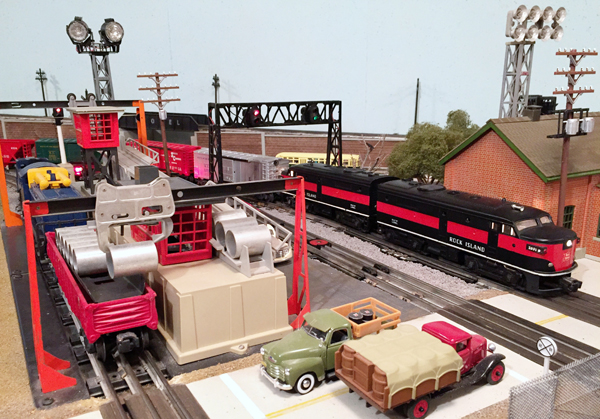
Carl uses red parts of his nos. 342 culvert loader and 345 culvert unloader to accentuate no. 2031 Rock Island Alcos. Carl Rygiewicz The best part of building and operating a layout, irrespective of its size or scale, is realizing how much you have learned and being eager to share a few lessons and insights […]
Read More…
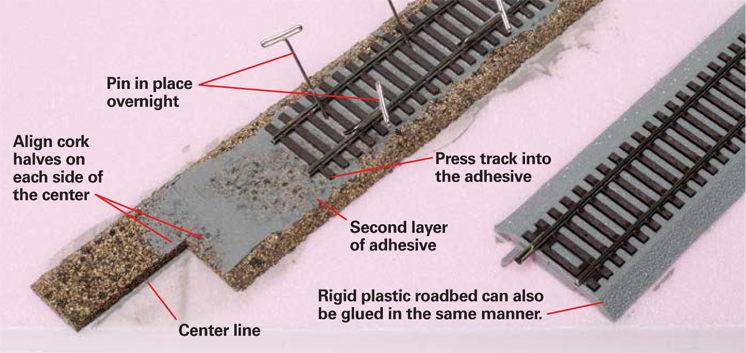
Track and roadbed can be fastened to foam insulation board with construction adhesives made for use with the foamboard. Apply a ¼” bead along the center line, use a putty knife to spread it in a thin layer, and press the roadbed down into place. Add weights to hold it while the adhesive sets. Then […]
Read More…
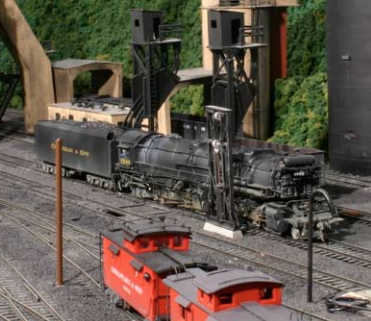
Sign up for your FREE download and Model Railroader’s FREE weekly e-newsletter. Steam locomotives were usually serviced every 100 – 150 miles, making engine terminals as much a part of the railroad scene as crossties and creosote. These terminals offer a variety of structures and operations and they can be modeled in a compact space. Download […]
Read More…
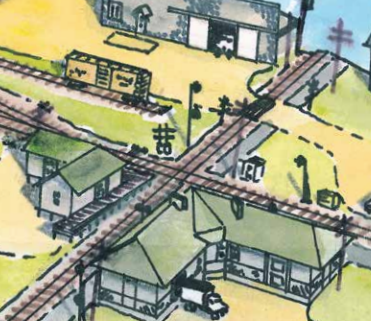
Use prototypical railroads to design more realistic layouts, build accurate track arrangements, and plan for the future. […]
Read More…
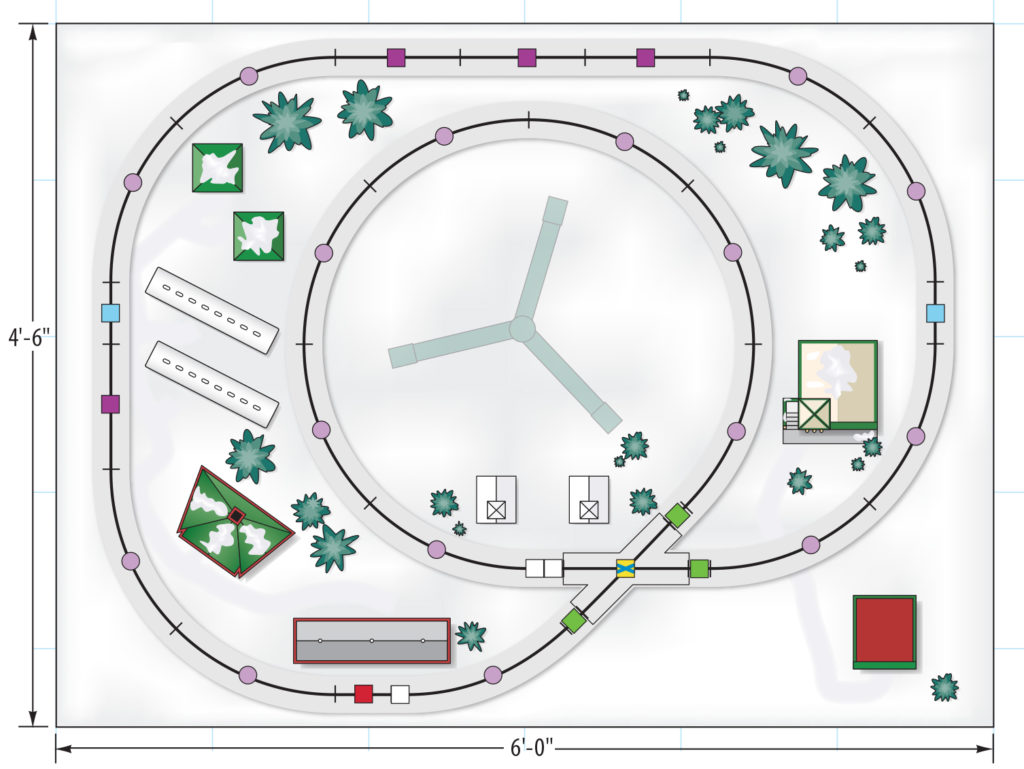
When I learned our 4-year-old granddaughter was visiting my wife Diana and me for Christmas, I was determined to make the holiday extra special by building an O gauge Christmas tree train layout – and I knew where to turn for help. My brother Norman has been a model railroader for as long as I […]
Read More…
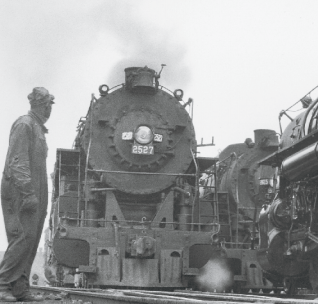
Download this free 14-page PDF to learn what makes one model railroad track plan better for operation than another. Inside this eBook, the editors of Model Railroader magazine discuss how to add realistic operation to freight yards, engine terminals, staging yards, loading zones, and more! […]
Read More…
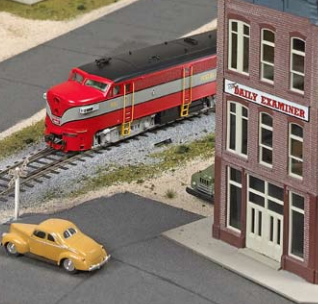
When creating model railroads, it’s important to give your model cities and scenery the same realistic treatment you give your trains. A well-detailed and realistic downtown scene and scenery can add as much to a model railroad as any lineside industry. Download this free 15-page PDF for layout planning ideas that will bring your layout […]
Read More…
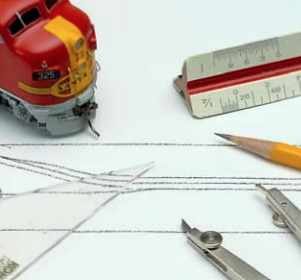
When it comes to designing your own model railroad layout, getting your ideas down on paper is the first and most important step. Drawing your plan to scale with a reasonable degree of accuracy will ensure you that your plan will fit your space. Download this free 15-page PDF to learn how to draw accurate […]
Read More…

So long as your rails are clean and your rolling stock is fine-tuned, it’s time to inspect your right-of-way for problems. This is the first of five quick articles on how to check for and fix common mechanical and electrical track problems with model railroad track. First, you’ll need to run a test train over […]
Read More…
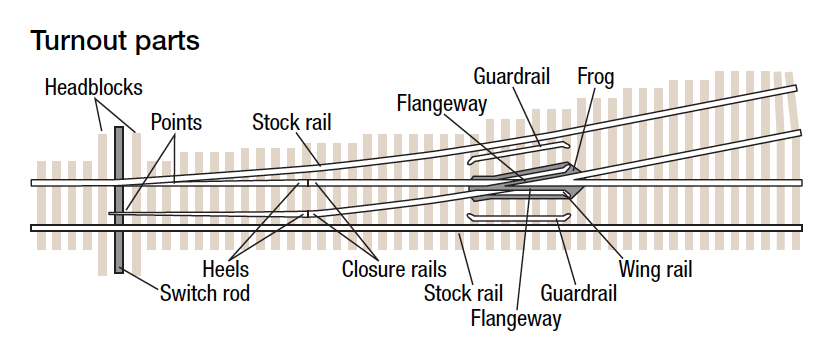
Theo Cobb illustration Theo Cobb illustration For each turnout, make sure that the check gauge — spacing between the guardrail and the frog — is correct. Paul J. Dolkos So long as your rails are clean and your rolling stock is fine-tuned, it’s time to inspect your right-of-way for problems. This is the second of […]
Read More…












